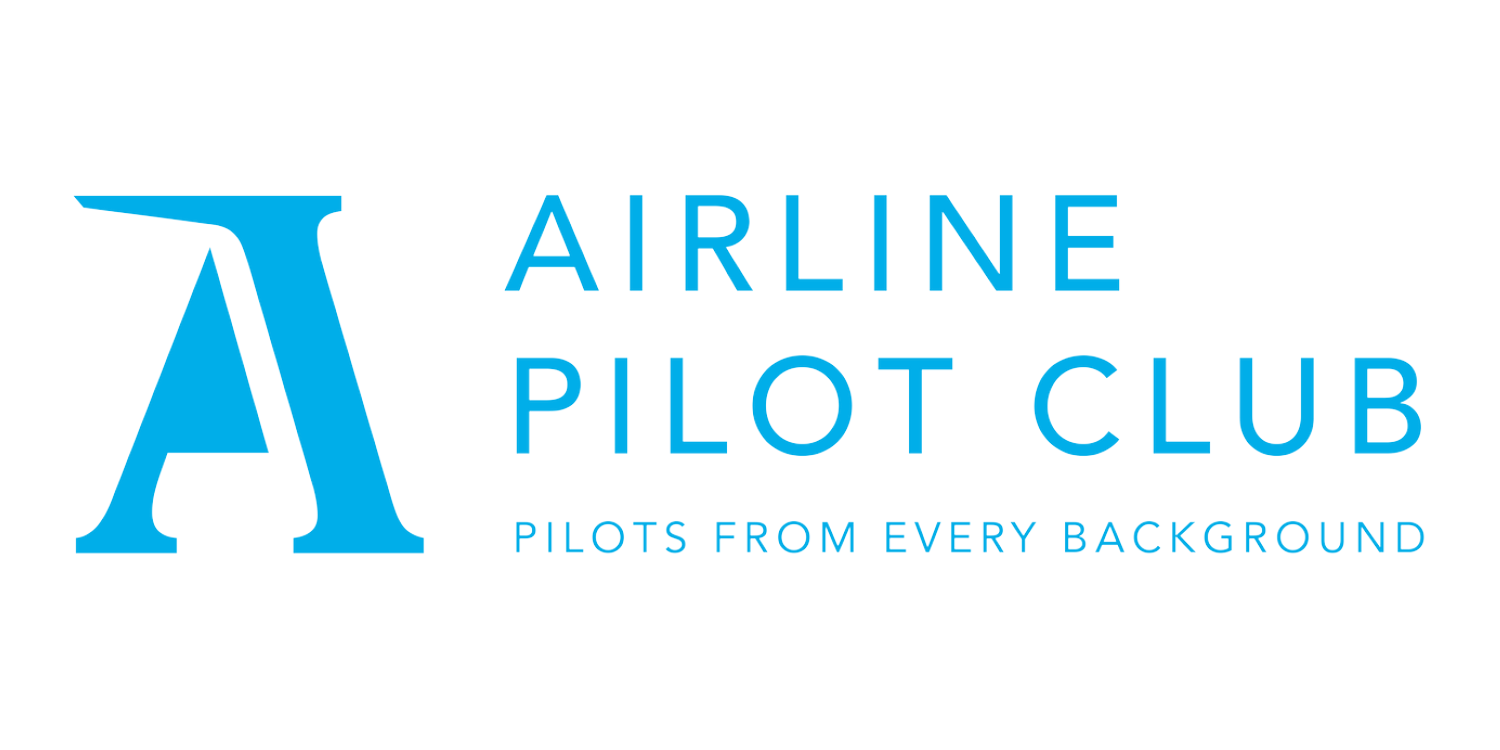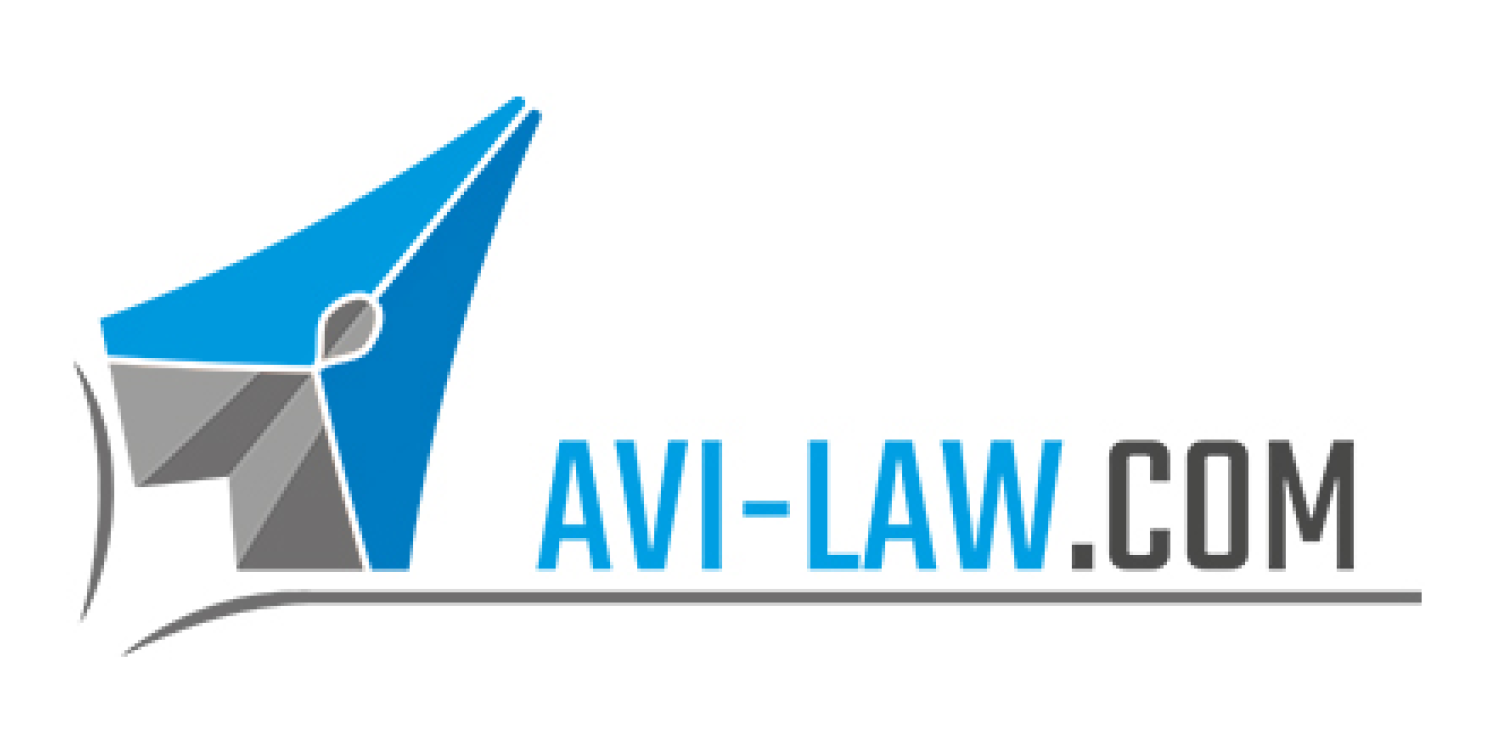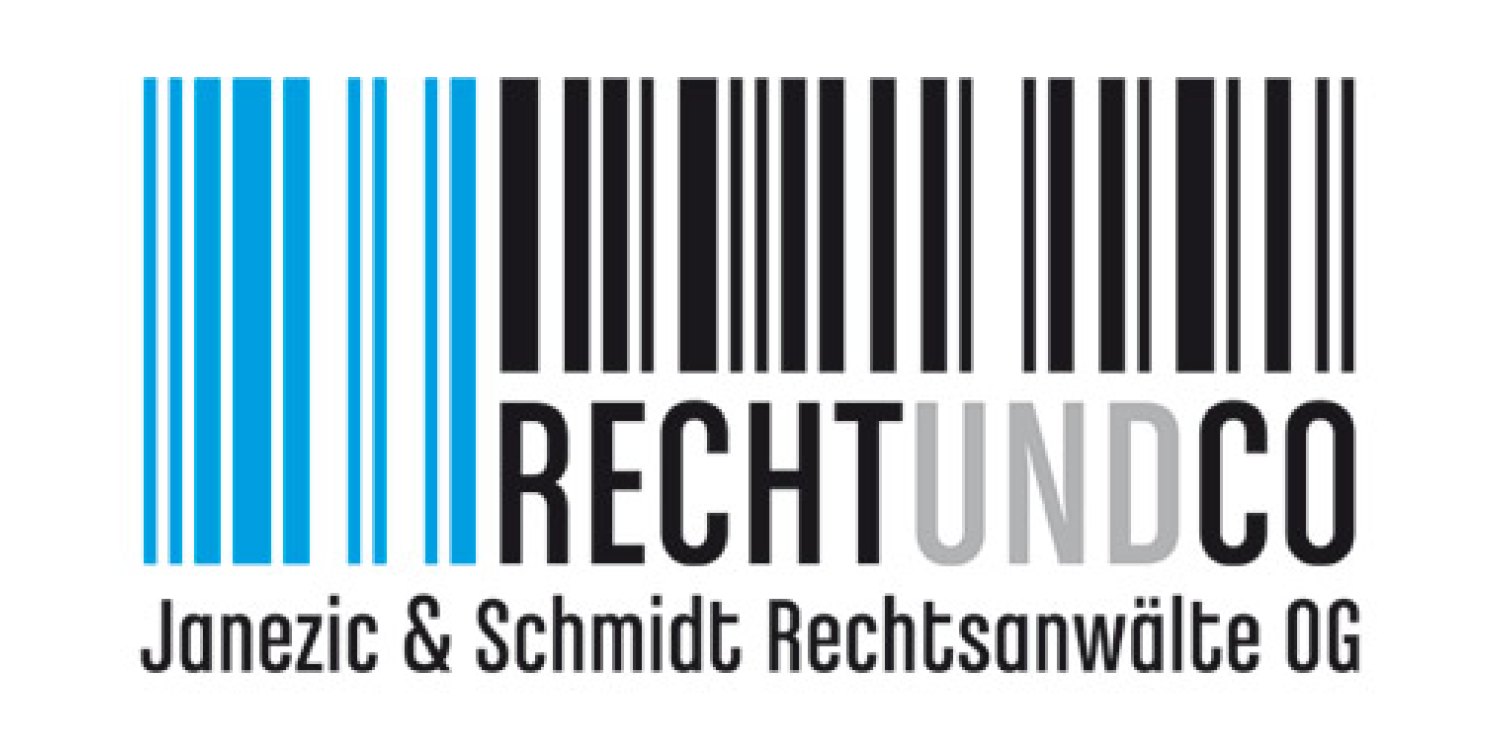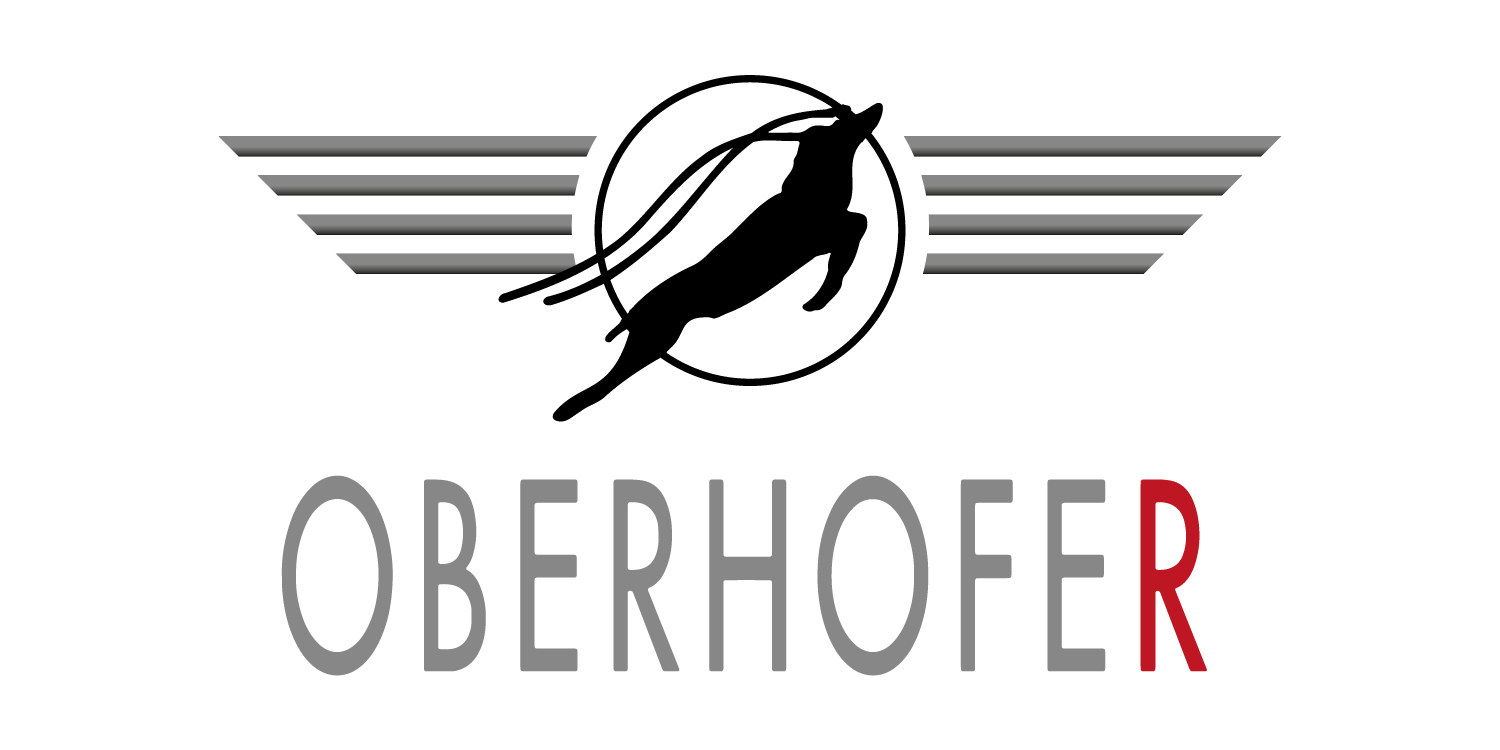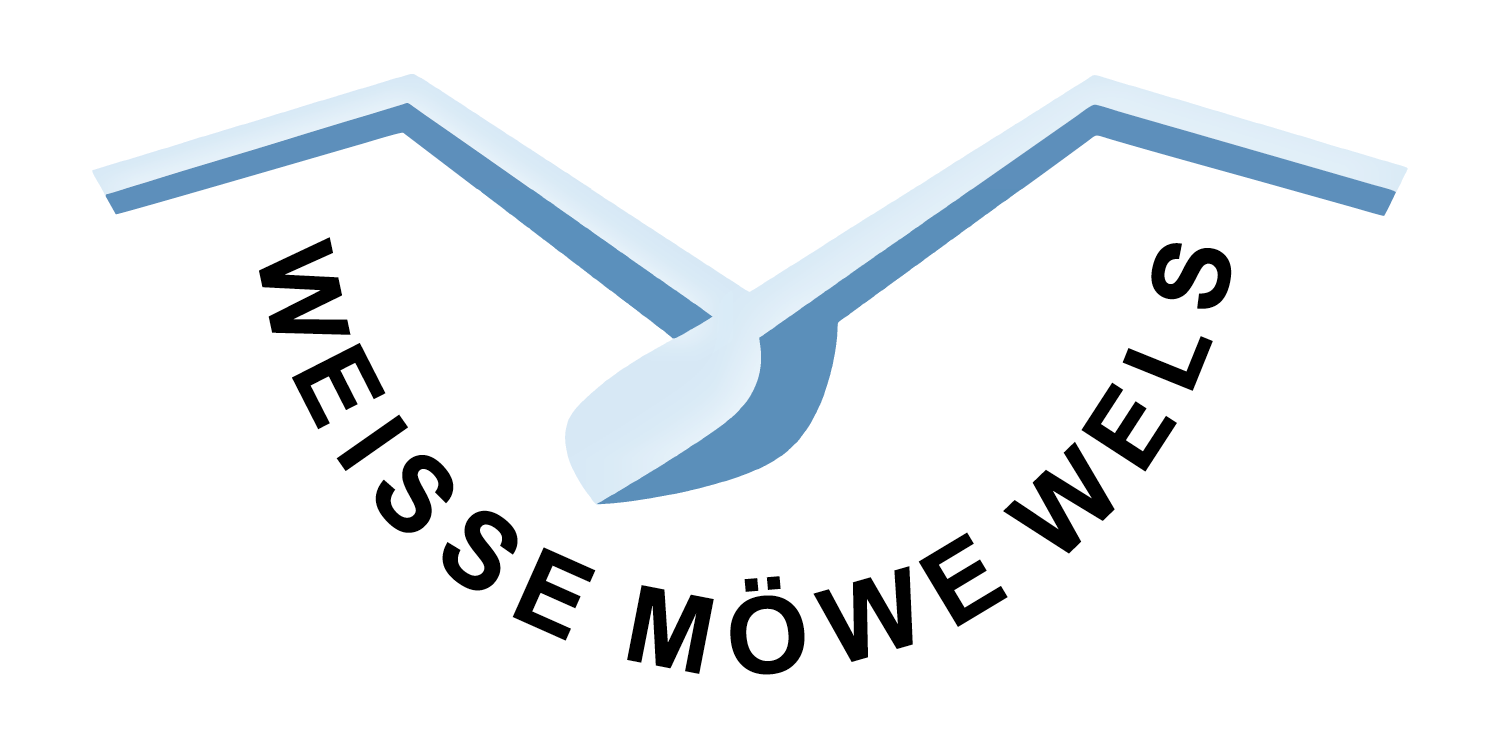Pilot
training
TRI - Type Rating Instructor
We can help you qualify to instruct others. AeronautX offers TRI courses for the following aircraft models:
- Bombardier Challenger 300/350, 604/605/650,
- Bombardier Global Express/XRS, Vision, 5000/6000/7500
- Gulfstream 150/280/ IV, V, VI, VII
- Dassault Falcon 7X / 8X
- Embraer 135/145, 500/505, 545/550
- Dornier 328-100/300
Courses are organized and conducted for interested individuals and aircraft operators.
The TRI course consists of three parts:
- Part 1: Teaching and Learning – 25 hours of instructional basics
- Part 2: Theoretical technical training – 10 hours of type-specific skills instruction
- Part 3: 10 hours of practical training in an FSTD and/or aircraft
For holders of an existing TRI rating in a similar type of airplane, credits will apply.
Base Training
What goes up, must come down! This is where you demonstrate your ability to land safely.
Base training or “landing training” is the final part of a type rating course. After finishing a ground course, simulator training and the corresponding tests, a pilot holding an EASA license needs to complete a practical training exercise in the real aircraft to get that type endorsed in the license.
AeronautX holds course approvals for the following aircraft types:
- Bombardier Challenger 604/605/650, 300/350,
- Bombardier Global Express, XRS, 5000, 6000, 6500, 7500
- Gulfstream 150/280/ IV, V, VI
- Dassault Falcon 7X / 8X
- Embraer 500/550, 545/550
AeronautX additionally offers full type rating courses for
- Dornier 328-100/300
- Embraer 135/145
- Bombardier Challenger 604/605/650
TYPE RATING
Initial Type Ratings – Recurrent Training – Refresher Training – TRI
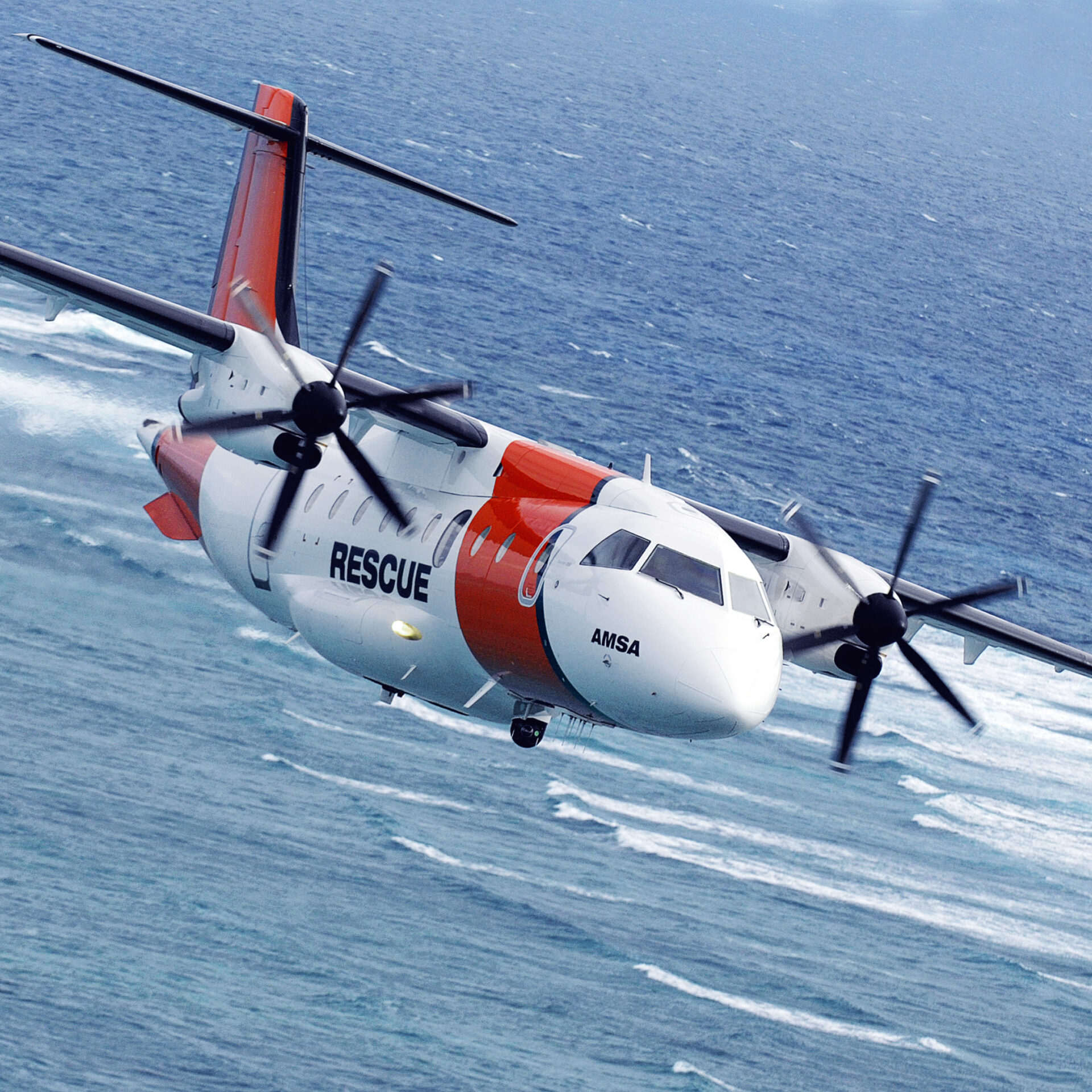
OPS E-Learning
We offer Initial and Recurrent Training to qualify per AirOps regulations. The following online courses for self-paced training are available.
- ACAS / TCAS Training
- ACAS 7.1 Differences
- Aviation Security Training (not including the NASP)
- Crew Resource Management Recurrent Training (CRM)
- Dangerous Goods Recurrent Training (Cat. 10 & 11)
- ETOPS
- EWIS Group 7 & 8
- Fatigue Management Training
- Fire Fighting / Smoke Removal (theory)
- First Aid
- Flight Hazards
- Flight Performance CS25 – General Requirements
- Flight Safety Concepts including TEM
- Human Factors for Part 145 Organizations
- Inflight Check of Landing Distance at Time of Arrival
- Low Visibility Operation (theoretical knowledge)
- North Atlantic High Level Airspace (NAT HLA)
- Performance Based Navigation (incl. B- and P-RNAV)
- Pilot Incapacitation – General Knowledge
- Runway Surface and Condition Report (included in I-C LDTA)
- RVSM (EUR)
- RVSM (International)
- Safety / Emergency Equipment Training
- Upset Prevention and Recovery Training (UPRT)
- Volcanic Ash Avoidance
- Winter Operation (de- and anti-ice training)
- FOO Recurrent Training
- Do328/100 Recurrent Training
- Do328/300 Recurrent Training
